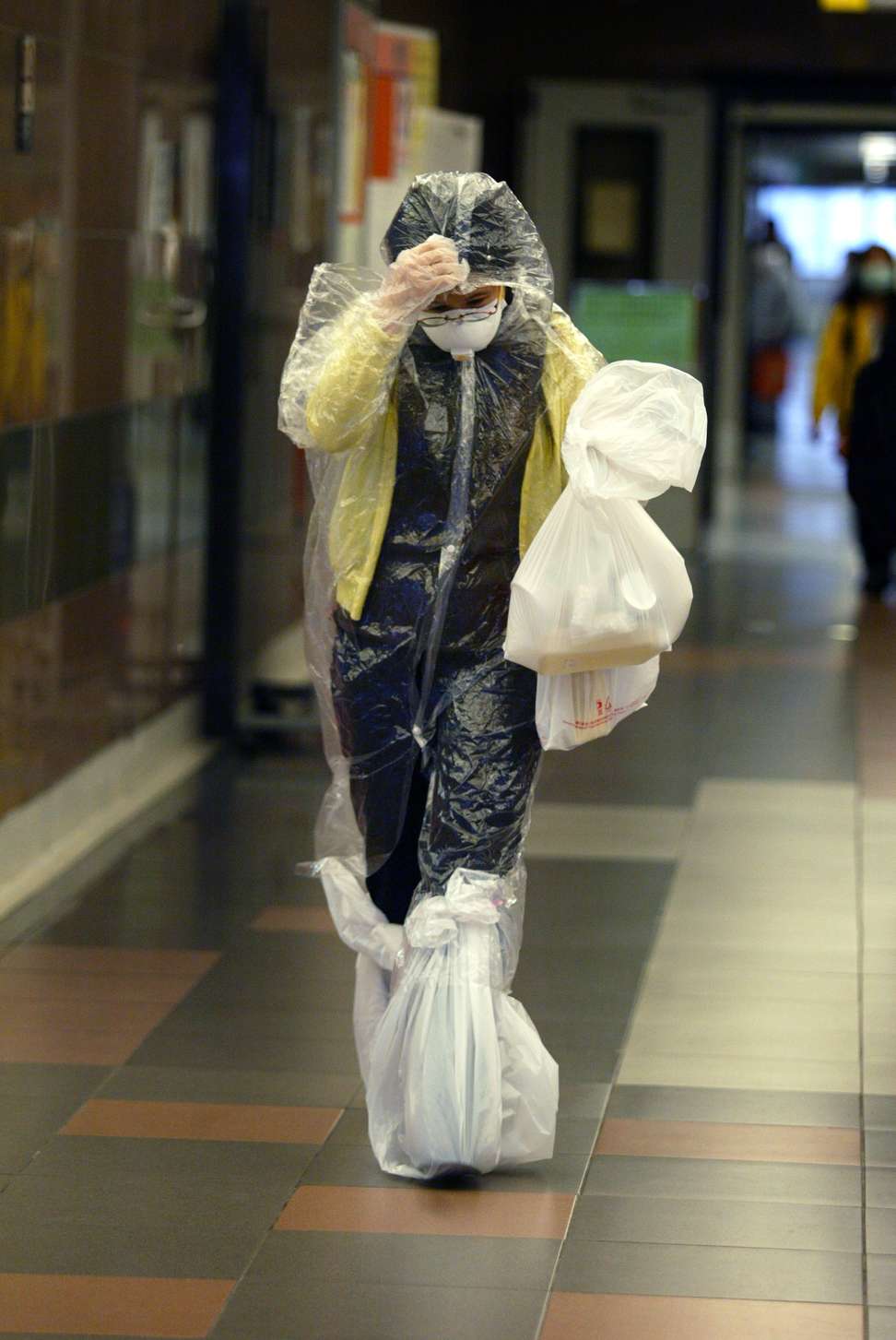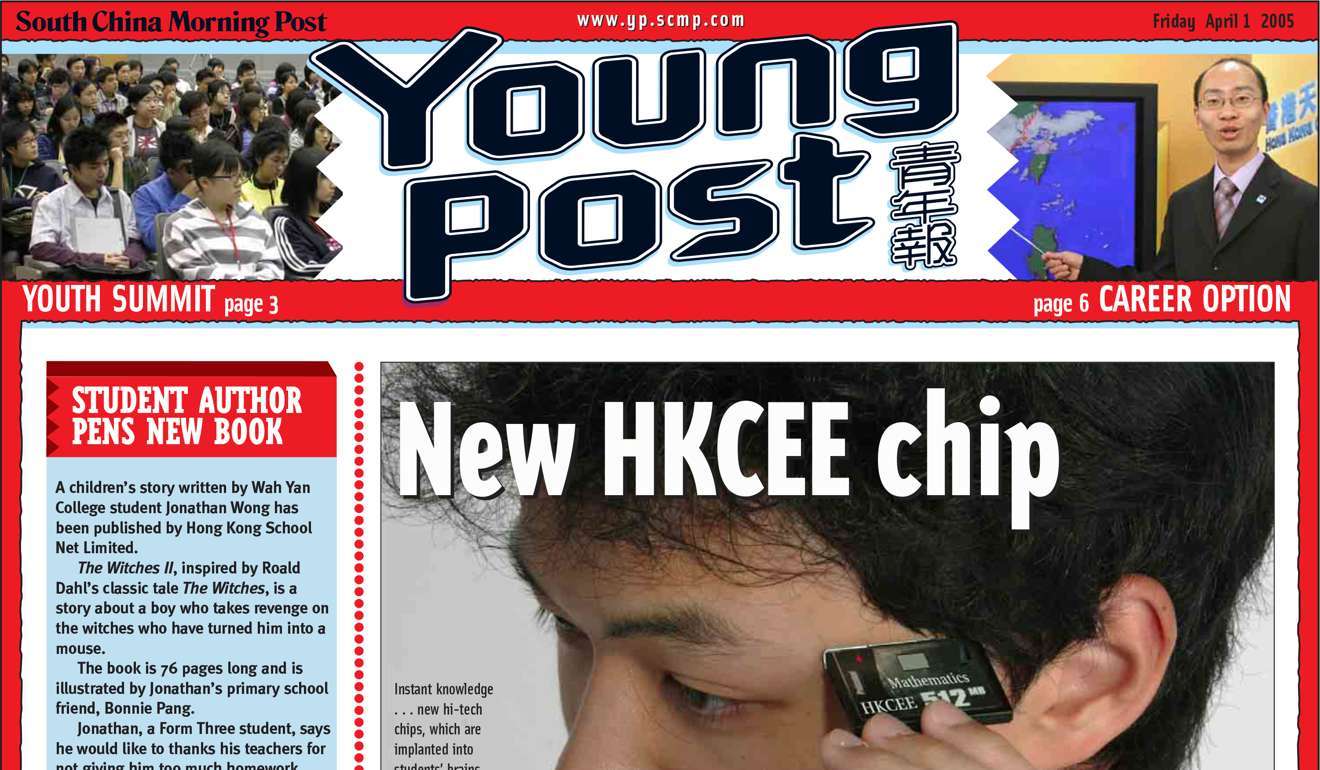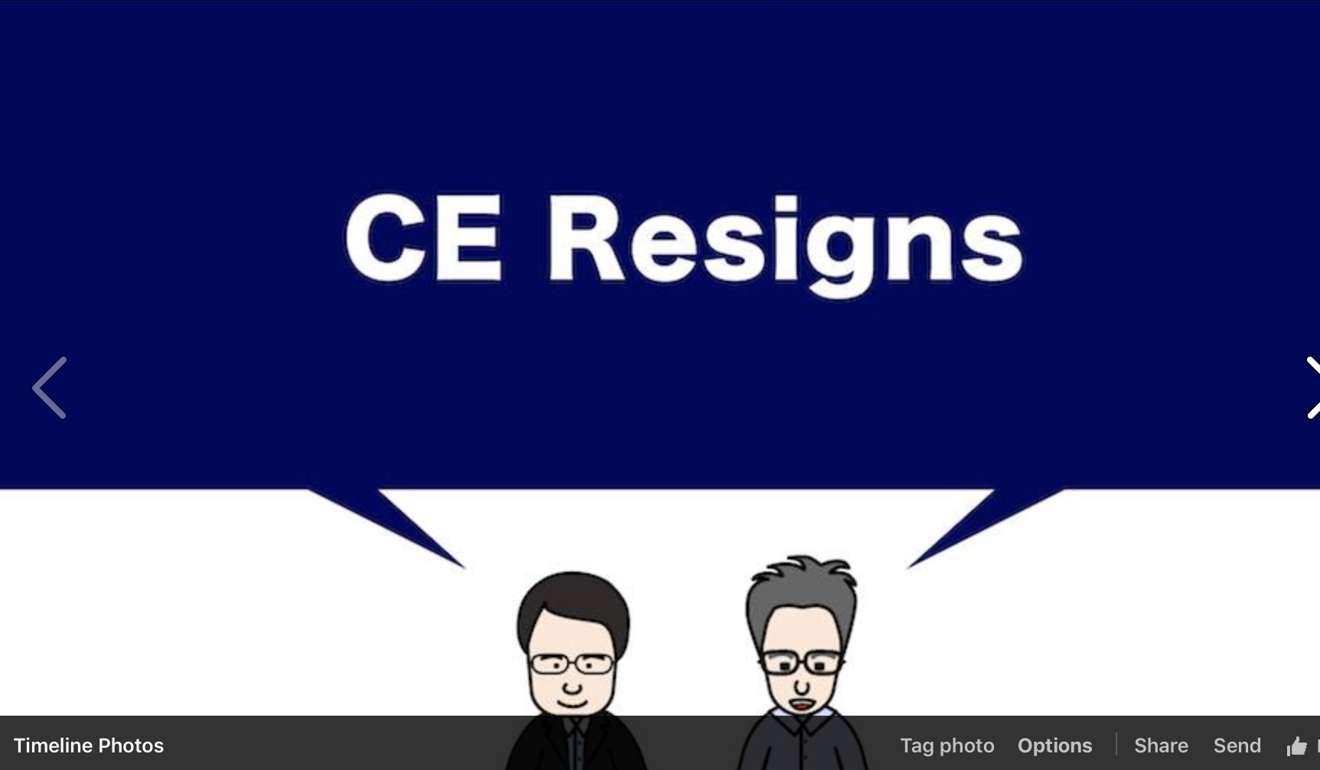
Powdered water and student cyborgs: April Fool’s Day fails in China and Hong Kong
Pulling off a successful April 1 media spoof is doubtless harder in the ‘fake news’ era of Donald Trump. Oh for the days when Chinese state media editors, and some Hongkongers, could be counted on to fall for them
In the era of Donald Trump, it can be hard to sort the real news from the fake. If there’s anyone who can sympathise, it’s the editors of newspapers in China.
April Fool’s Day can be a minefield for the perennially unfunny Chinese state media, which, it seems, just can’t take a joke. It’s the one day each year when Western media intentionally run fake news – and the Chinese media is often caught out. After falling for an article naming North Korea’s leader Kim Jong-un the “Sexiest Man Alive” and running news of the world’s first ever glass-floored aeroplane, some media outlets in China have wisely decided to opt out altogether. On April Fool’s Day 2016, China’s official news agency, Xinhua, urged its readers not to spread rumours, saying the day was “not in keeping with our national cultural tradition or socialist core values”.

It wasn’t the first time China had put a dampener on the day of jokes. Back in 1993, state-owned China Youth Daily was forced to run a front-page apology after its prank – the very first April Fool’s Day story in Chinese media – was too convincing. In 2011, malls in Changsha, Hunan, banned any April 1 tomfoolery aimed at tricking their customers, and a year later China threatened to imprison people who shared “irresponsible rumours” online.
“Media in general is always looking for a good story, so as such it’s easy to make them vulnerable to anything that seems exceptional,” said University of Hong Kong sociology professor Cho Li-fung, who researches the news media in China. “I’m not aware of any evidence or research that says Chinese [Communist] Party news media are more easily duped than their counterparts around the world.”
The Chinese government didn’t want the media spreading rumours or fake news, as that could threaten stability, she said. “Critics might say this is very paternalistic. However, they [the government] want to avoid chaos and disorder at all costs. Particularly with social media, rumours abound,” she said. “I think for the government, it’s not funny.”
“When we’re talking about news media, it is an authoritative mechanism for the government to use to guide and channel public opinion. So they don’t want to open it up to this kind of joke that may lead to mass incidents.”
The day is still fairly new to mainland China, meaning pranks – when they are carried out – can take unusual forms. But the day is much more familiar to Hong Kong, a former British colony, and each year businesses and media outlets try their hand at fake news. Call us biased, but we think Hong Kong’s major pranking triumph was pulled off in 1982, when at least a few readers were tricked by a South China Morning Post story that claimed to have found the solution to the city’s water problems: powdered water.
April Fool’s Day in Hong Kong and mainland China: The top flops and triumphs

Powdered water: just add water, 1982
On April Fool’s Day 1982, the South China Morning Post proposed a bold solution to the city’s water shortages. Experts had figured out a way to make mist gather around The Peak so they could collect more water, its story said. The article also alleged the government was importing “packets of ‘instant’ water from China”. “You simply add a pint of water to one small packet of the powder, and it gives you 10 pints of safe, hygienic and perfectly drinkable water,” the Post reported.
“I was very nearly fooled,” wrote Grateful Gweilo in a letter to the editor. He wasn’t the only one. A story the next day under the headline “For those who may have ‘mist’ the point…” noted that there had been “clouds of confusion”, with some callers to Radio Television Hong Kong saying they were concerned the clouds would obscure the view from The Peak. “Callers to the SCM Post were advised to read slowly the name of a town in northern India that was mentioned in the report: ‘U-ar-bin-had’.” Surely one of the better pranks the city has seen.

You don’t need a Ph.D. to know this is fake, 1993
Chinese state media tried their hand at April Fool’s pranks for the first time in 1993, but the government wasn’t laughing. China Youth Daily – known for taking risks – ran a full front page of fake news stories, including one claiming the government would exempt hard science Ph.D. holders from the one-child policy. Although there was a joke disclaimer (“readers should NOT believe this, all of it is false), both Hong Kong’s New Evening News and the Agence France-Presse news agency fell for it and reported it as true. Humourless government censors were not amused, and the China Youth Daily had to apologise on its front page. Beijing intellectual paper The Guangming Daily criticised April Fool’s Day as an “extremely bad influence from the West”. In an editorial, it thundered: “Put plainly, April Fool’s Day is Liar’s Day”.

Teen triggers mass panic, 2003
Not all April Fool’s jokes are funny. A teenaged prankster saw his antics take a dark turn when his 2003 fake news article about a Sars viral outbreak in Hong Kong – around the time the virus was spreading into the city – triggered public panic. The 14-year-old created a spoof website using the Ming Pao newspaper logo, leading people to believe the city had become a quarantined port, the Hang Seng Index had collapsed, and the city’s chief executive had resigned.
Panicked Hongkongers rushed to banks and supermarkets, and government officials had to hold a press conference to reassure the public that the news was indeed fake news. The teen was later arrested for allegedly accessing computers with “criminal or dishonest intent”.

Student cyborgs, 2005
Hong Kong students are serious about getting good grades, but a prank from 2005 suggests they are pretty gullible too. In the lead- up to the city’s major examinations, the South China Morning Post’s Young Post reported that students could now get micro memory chips implanted into their brains for the small price of HK$2,000, which would help students answer questions with complete accuracy. But the story struck a nerve – some students wrote in to the paper, saying it was unfair to poorer students who couldn’t afford the new technology.
Surprise! I’m not dead!, 2009
Chinese media made another attempt to get in on the April Fool’s Day pranks in 2009, with decidedly dark humour. News spread that CCTV news reader Luo Jing had died, but the prank was so convincing the station was forced to respond. Luo was not dead after all – instead, he’d been off air to receive treatment for a medical condition, CCTV said.

The lost tomb of Chongqing, 2009
A man in Chongqing was spreading fake news before it was cool, celebrating April Fool’s in 2009 with a false report on the discovery of an ancient pyramid in the Fuling district. The article, which also described the unearthing of jade and pottery at the pyramid site, falsely appeared to be sourced from the state’s Xinhua news agency, according to the Chongqing Chenbao. Fuling police later let the prankster off with a warning.
A plane with a view, 2013
In 2013, it was Chinese Central Television’s turn to be the butt of the joke. The news channel fell for a report that billionaire Richard Branson’s airline Virgin Atlantic was launching glass-floored planes, offering passengers uninterrupted, sky-high views. But readers weren’t as easily duped. “CCTV’s only job is to brainwash, the choice between truth or lies is just a questions of editing,” said one of the many commenters on Chinese social media site Weibo.

When fake news becomes real, 2016
Hongkongers were shocked when chief executive Leung Chun-ying announced last December that he would not run for re-election, but the Harbour Times had predicted it months earlier in an April Fool’s joke that turned out to be extremely true. On the first of April, the news outlet reported that C. Y. would not run for the top job in 2017, instead endorsing his successor. No doubt Carrie Lam Cheng Yuet-ngor has the last laugh.


